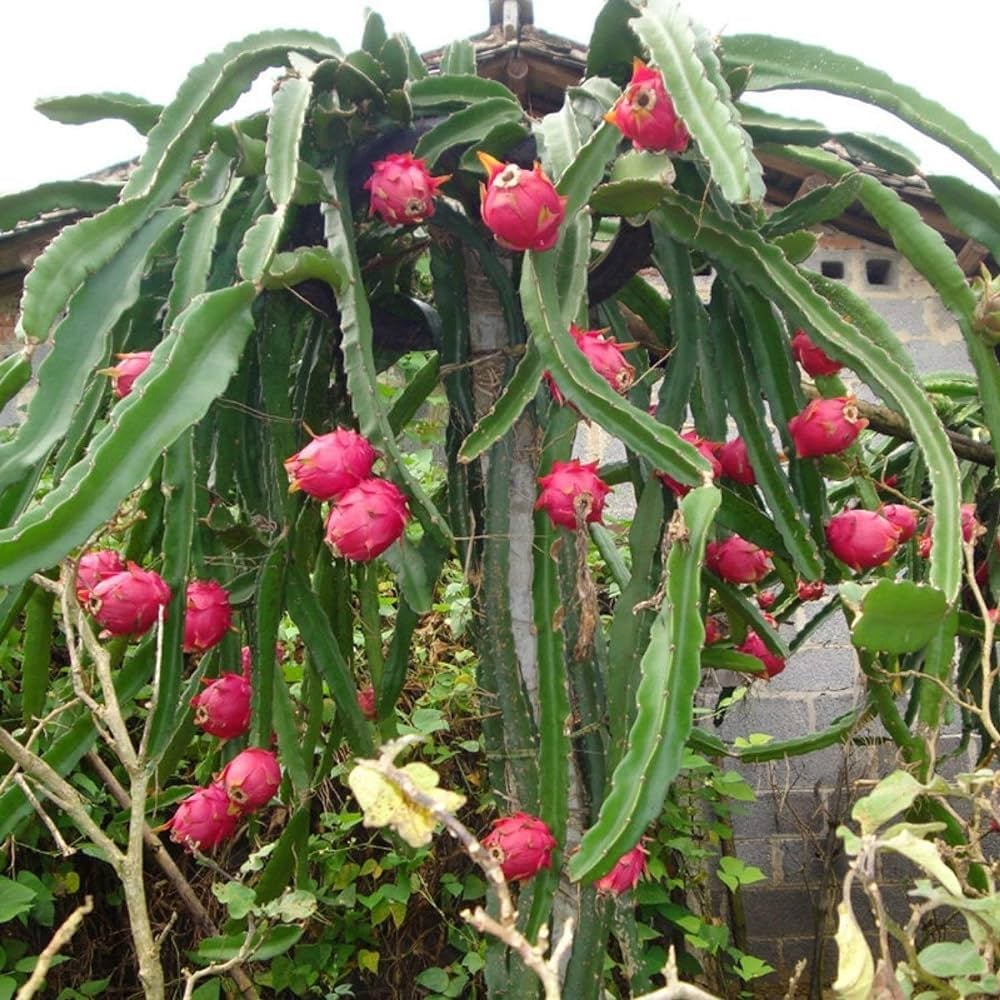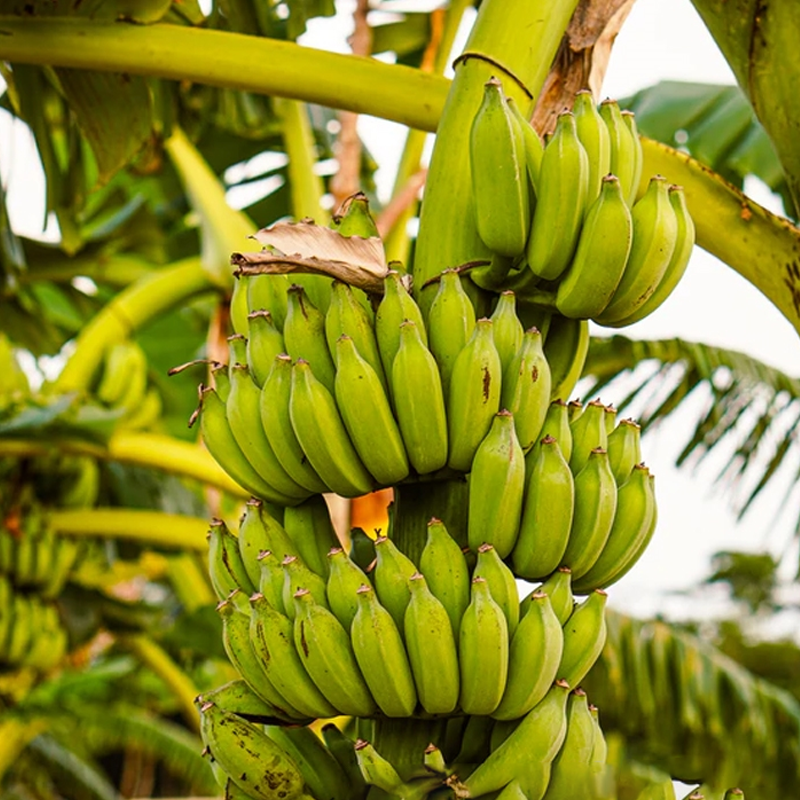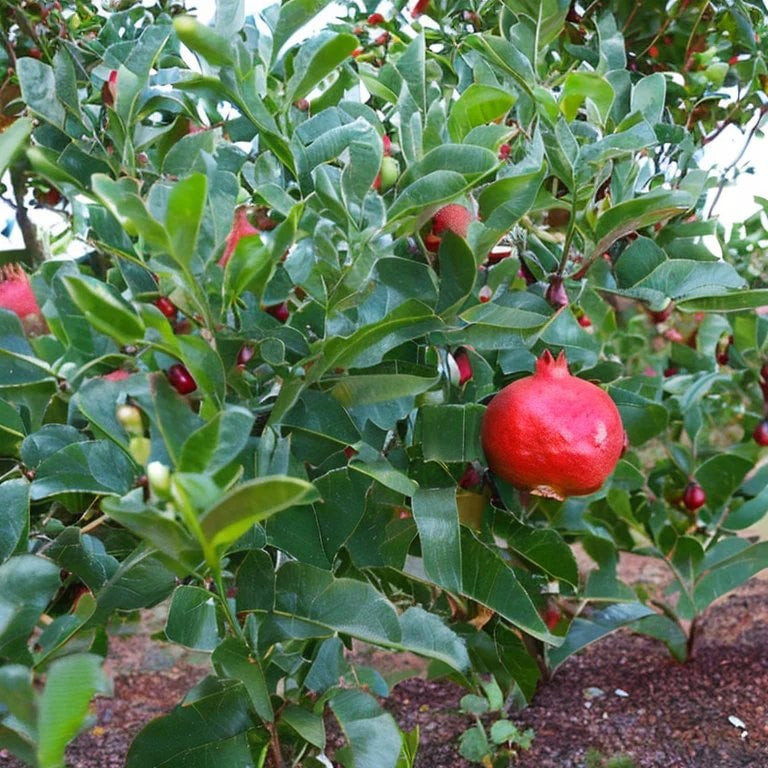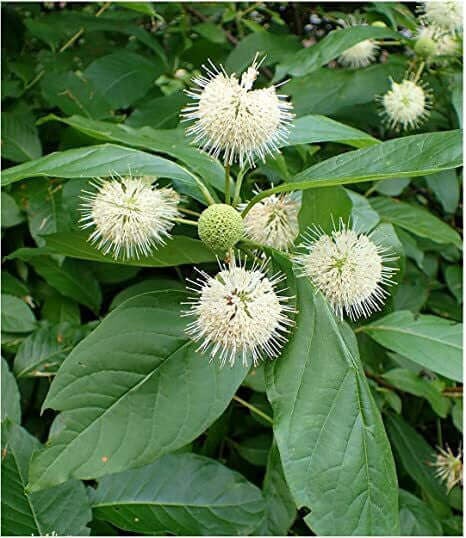
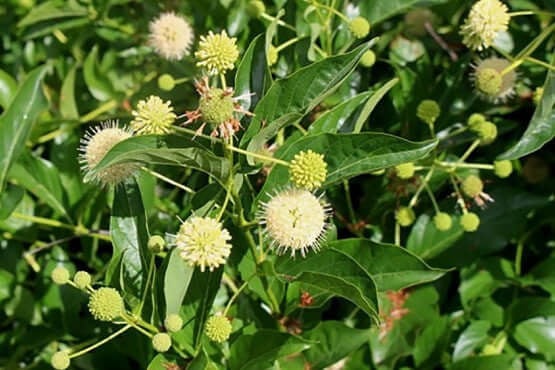
Button Bush Live Stakes
Provides habitat for wildlife
Low maintenance and hardy plant
Enhances soil stability in erosion-prone areas
Thrives in
ZONE 5ZONE 6ZONE 7ZONE 8ZONE 9This plant ships:
Ships Week of May 5thButton Bush - Cephalanthus Occidentalis
Button Bush Live Stakes is an attractive shrub native to North America. Its use as live stakes in landscaping provides numerous benefits, enhancing the landscape's aesthetic appeal and ecological value. It is highly ornamental and has unique spherical white flower clusters that resemble small buttons. These clusters bloom from late spring to early summer, adding a striking visual interest to any landscape. These flowers are beautiful to pollinators, such as bees, butterflies, and hummingbirds, promoting biodiversity and a healthy ecosystem.
Button Bush Live Stakes are Excellent For Wetland Plantings
This type of plant can grow up to 10 feet in height, depending on its environment. It typically has flowers that are white or yellow in color and fused to the stem. It can be found in a number of locations throughout the world and is often used as live stakes because its natural habitat tends to be swamps or other bodies of water.
Due to its relatively large size, many animals use it as a refuge against predators, the sun, or other hazards they may face. Insects may also use it as a nesting site to protect themselves against their natural enemies. Finally, the plant has attracted butterflies or similar wildlife to yards and parks.
Button Bush Live Stakes Has Unique Patterns
As each plant can create a unique pattern, they can be used to add color to your yard and prevent erosion near your property. It may also be an ideal addition if your yard is sloped or is otherwise at risk of being reclaimed by nature in a landslide, flood, or other event.
Generally speaking, they are ideal for any nature preservation project because they are easy to collect. You can typically cut the roots in the late fall and let them thaw out in winter. When the spring comes, they can be planted easily wherever they need to go.
They Are Late-Season Food Sources For Songbirds
They can be an effective tool if you are looking for an eco-friendly way to reclaim or revitalize a natural landscape. They provide a unique look while also being able to blend in with a landscape and help the wildlife that live there.
It is native to wetland habitats and grows mainly at the water's edge, in streams, rivers, and ponds. It likes full sun to part shade, and it grows well in moist, well-drained soils; it is suitable for use in erosion control and restoration of habitats.
They do not need fertilizer if placed in soil that is enriched with nutrients. However, if growth appears to be slow, apply a balanced fertilizer (10-10-10) in spring.
Button Bush Live Stakes may live for several decades, sometimes even from 20 to 30 years. When properly maintained and grown in the right conditions, they can become long-term fixtures in landscaping and restoration.
It is advisable for the first growing season that the stakes be consistently watered but not soaked. After they have been established, they are rather tolerant of drought and will require irrigation only during extremely dry weather.
They are easy to maintain. It is easy to grow since they do not fall victim to many pests and diseases, does not need frequent trimming, and can be grown in natural landscapes or landscapes that beautify homes.
This Is How Your Plants Will Look upon Delivery

Bloom Season
Spring
Bloom/Foliage Color
White
Height at Maturity
Under 25 Feet
Care
Button Bush Live Stakes thrive in moist, well-drained soils and prefer wetland conditions. Regular watering is essential, especially during dry spells. Prune occasionally to maintain shape and promote dense growth. Fertilize in early spring to encourage robust development.
Plant Reproduction
Button Bush Live Stakes spread by producing dense, rounded clusters of stems.
Remember to plant live stakes in early spring or late fall in moist, well-drained soil, preferably along stream banks or erosion-prone areas. Insert at a 45-degree angle in the ground, ensuring at least two-thirds of their length is buried, with the buds facing upward. Space the stakes approximately 2-3 feet apart for proper growth. After planting, water them thoroughly and maintain consistent moisture, especially during dry periods, to help root development. With proper care and sound conditions, live stakes will root successfully in 6-8 weeks and assist in soil stabilization and habitat restoration.
Shipping date depends on the date displayed and chosen when you order from the product's page.
We only accept returns on plants verified dead. If you think your plants have died, we offer a 1 year warranty, please use this File a Claim Link to verify dead plants and start with return warranty process.



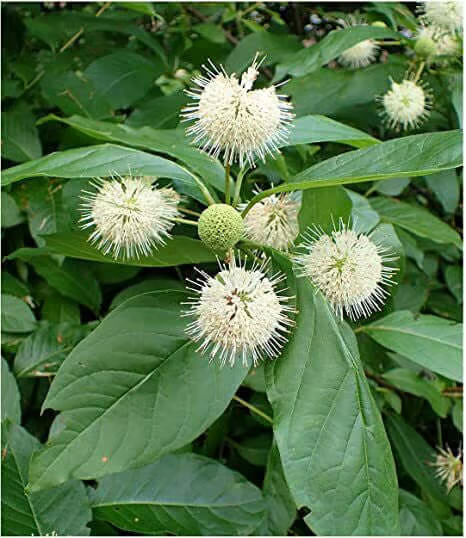
Easy Collection:
Button Bush Live Stakes are simple to gather, typically by cutting the roots in late fall and planting them in spring. This straightforward process makes them convenient for nature preservation projects.
Unique Aesthetic:
Their distinctive appearance adds a unique touch to any landscape while blending seamlessly with the surrounding environment. They provide both visual interest and ecological benefits.
Versatile Application:
Ideal for various nature preservation and landscaping projects, Button Bush Live Stakes can be used effectively in different settings, from wetland restorations to garden enhancements.
Insect Nesting Site:
The plant's structure offers a safe nesting site for insects, protecting them from natural enemies and enhancing garden biodiversity.
Caring Tips
How do I care for my Button Bush Live Stakes?
Each box contains detailed care instructions and information about your product. But here's the basics.
Care Tips
Button Bush Live Stakes thrive in moist, well-drained soils and prefer wetland conditions. Regular watering is essential, especially during dry spells. Prune occasionally to maintain shape and promote dense growth. Fertilize in early spring to encourage robust development.
Light Requirements
Button Bush (Cephalanthus occidentalis) thrives in full sun to partial shade. It prefers moist, well-drained soils and can handle wet conditions, making it suitable for rain gardens and water features. Ensure it receives at least 4-6 hours of sunlight daily.
Hardy Planting Zones
5 • 6 • 7 • 8 • 9
Header
Use this content to share information about your store and products.
Frequently Asked Questions
How often should I water my plants?
How do I know if my plant is getting too much or too little sunlight?
What should I do to prepare my plants for winter?
What are the signs that my plant needs fertilizing?
How can I prevent pests from damaging my plants?
How do I choose the right plant for my climate zone?



